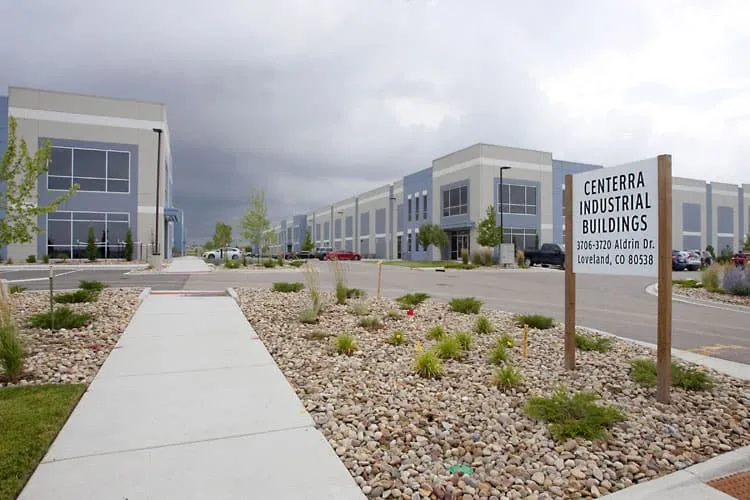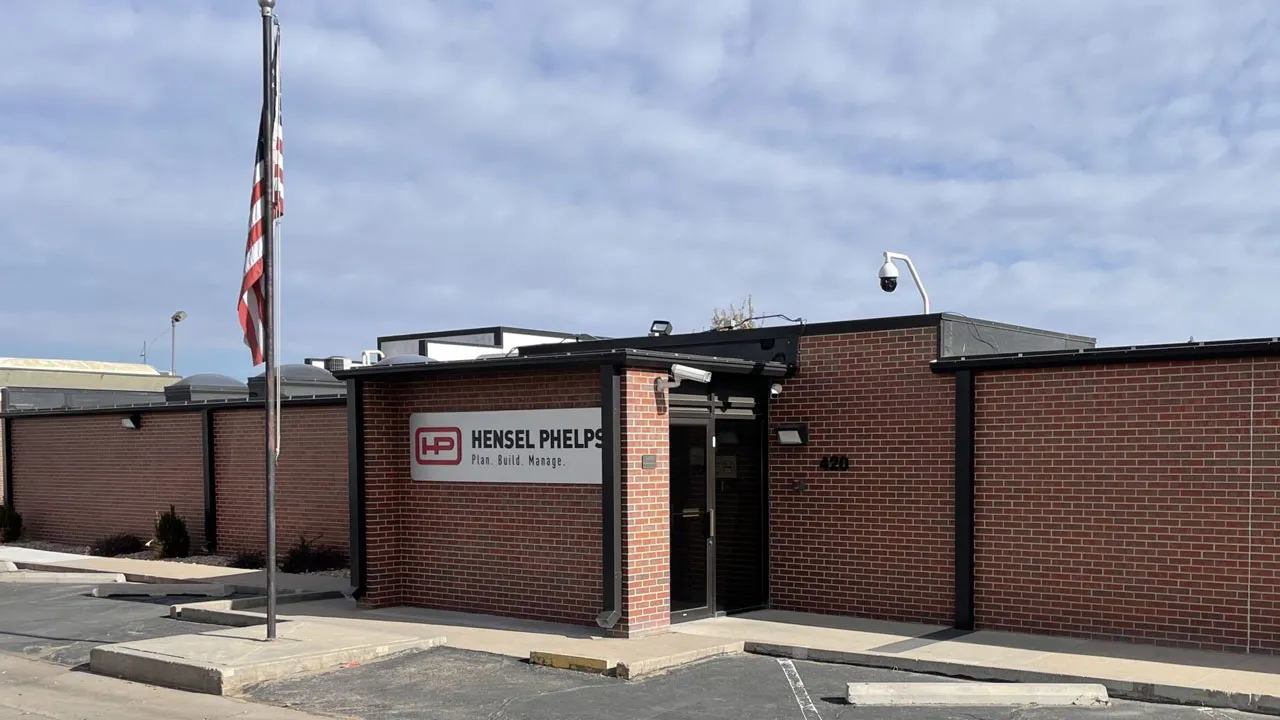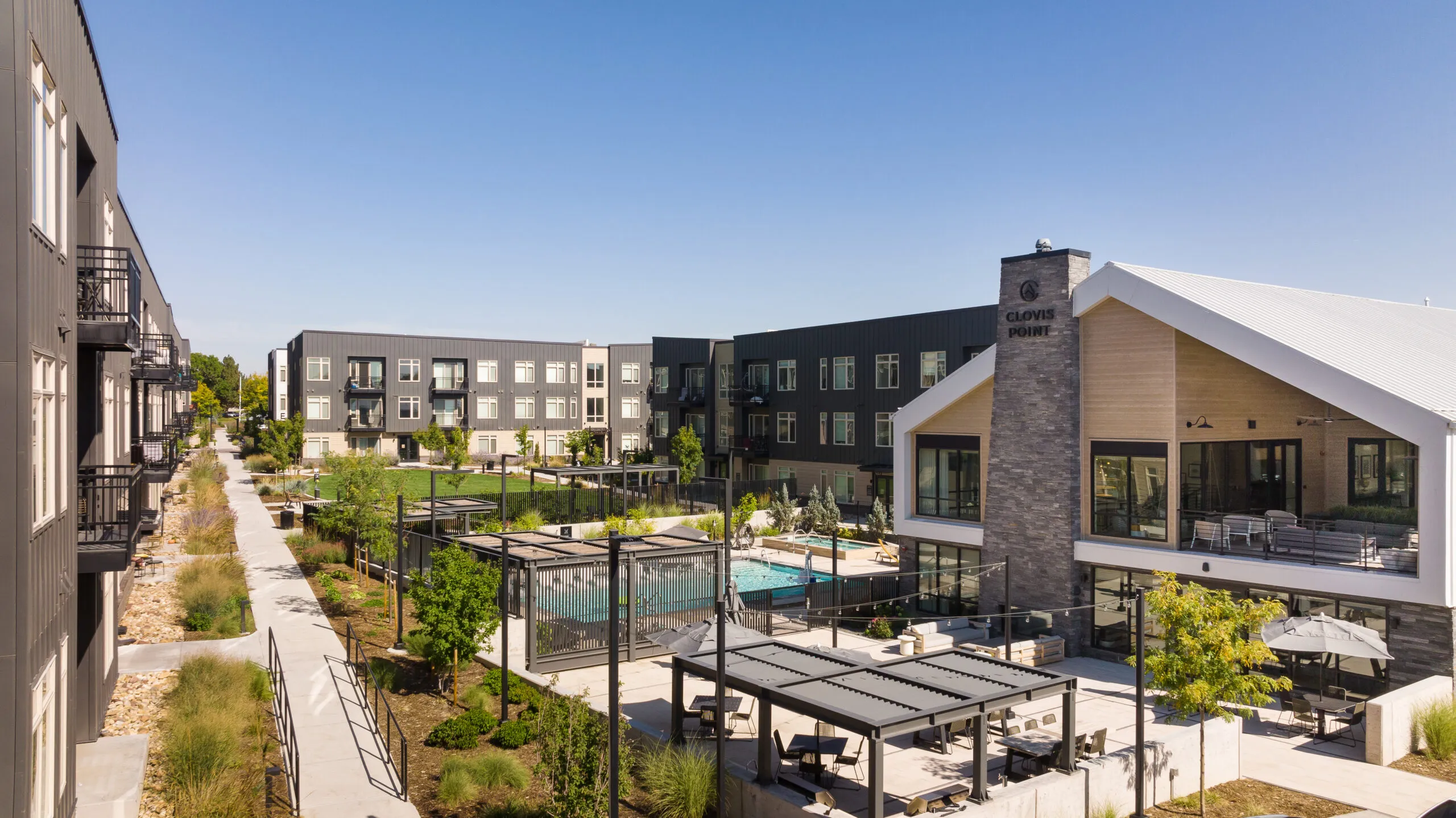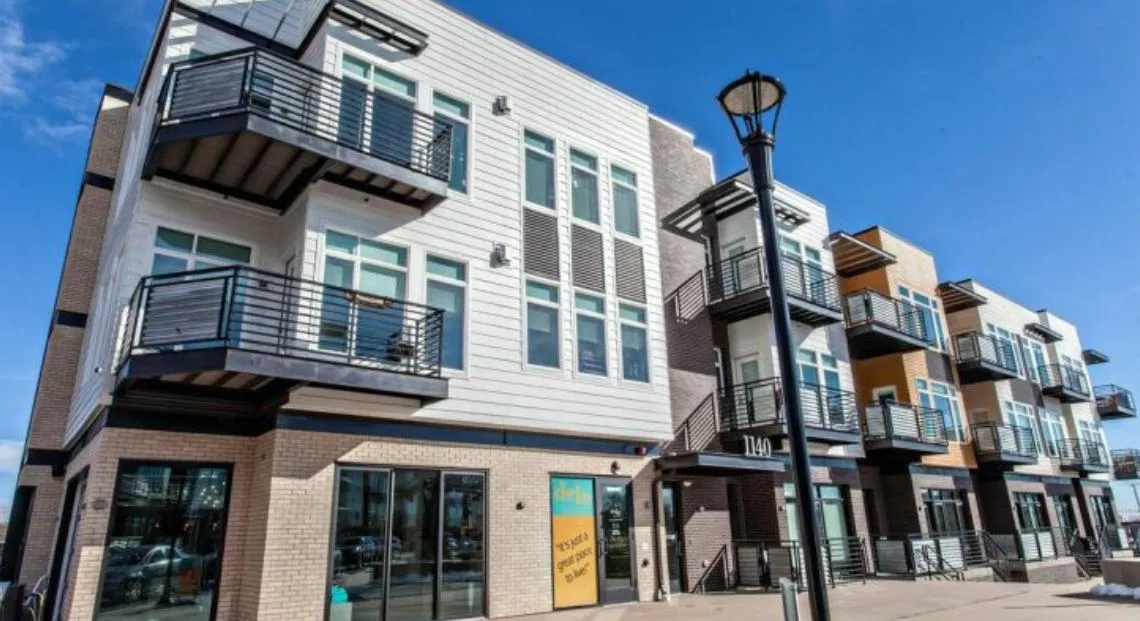Low supply drives demand for new industrial real estate

Industrial real estate seems to be the one bright spot in commercial real estate currently, with demand far exceeding inventory.
“We are supply-constrained across the board with construction costs and rents that don’t jibe,” said Nathan Klein, partner and commercial brokerage manager for LC Real Estate Group LLC in Loveland. Because of that, the cost feasibility for speculative construction is not there, he said.
“While we’ve got a little bit of construction going on, it is not widespread. It has to be end-user driven. I’ve seen end users reluctant to build at $200 per foot…
THIS ARTICLE IS FOR SUBSCRIBERS ONLY
Continue reading for less than $3 per week!
Get a month of award-winning local business news, trends and insights
Access award-winning content today!




